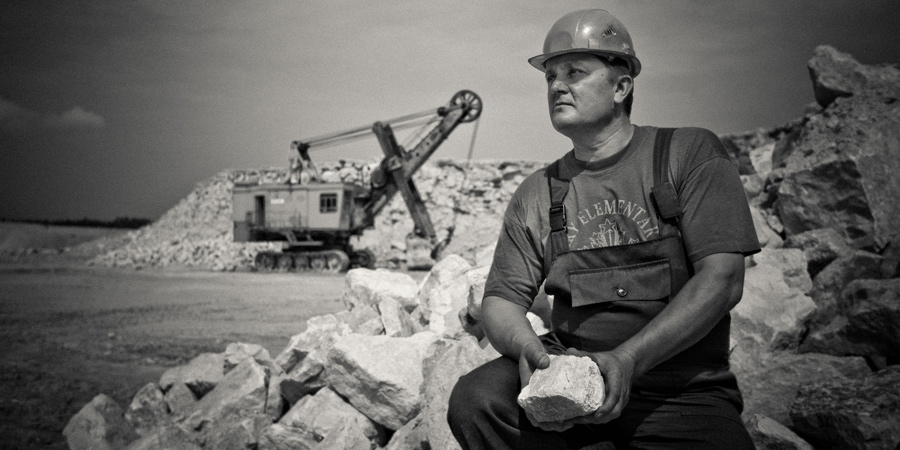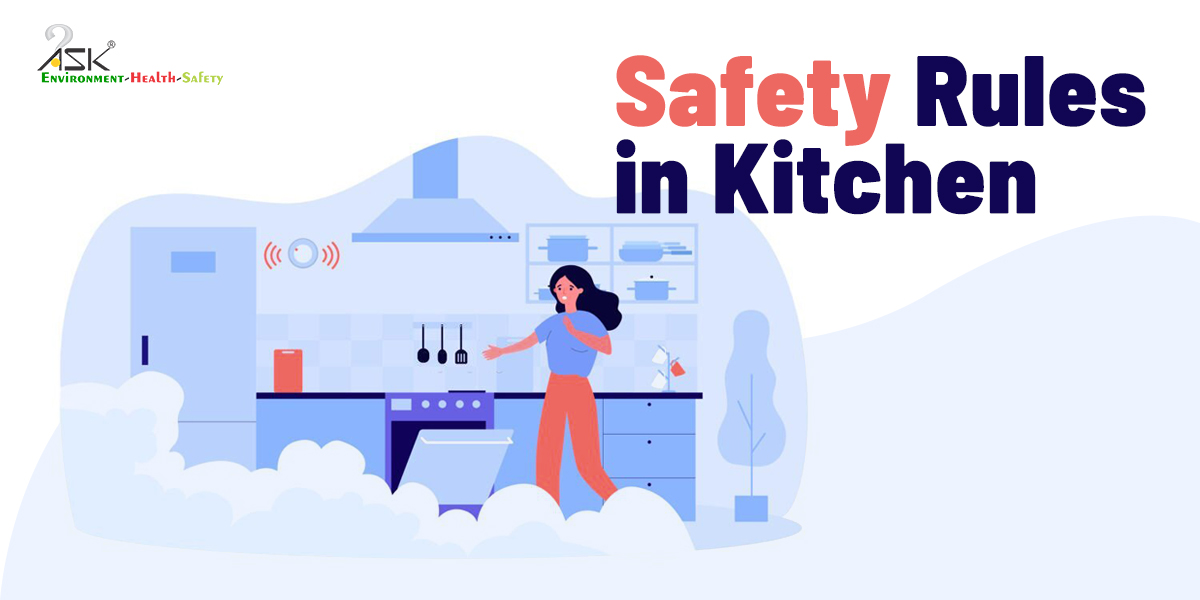Safe working arrangements for lone workers

When establishing safe working arrangements for lone workers, employers need to know the law and standards that may apply to their specific work activity. Issues that need to be addressed when planning such safe working arrangements are:
1. Can the risks of the job be adequately controlled by one person?
Lone workers should not be at more risk than other employees and requires extra risk control measures. Precautions should take account of normal work and foreseeable emergencies, e.g. fire, equipment failure, illness and accidents. Employers should identify situations where people work alone and ask questions such as:
- Does the workplace present a special risk to the lone worker?
- Is there a safe way in and a way out for one person?
- Can any temporary access equipment that is necessary, such as portable ladders or trestles, be safely handled by one person?
- Can all the plant, substances and goods involved in the work be safely handled by one person? Consider whether the work involves lifting objects too large for one person or whether more than one person is needed to operate essential controls for the safe running of equipment.
- Is there a risk of violence?
- Are women especially at risk if they work alone?
- Are young workers especially at risk if they work alone?
2. Is the person medically fit and suitable to work alone?
Check that lone workers have no medical conditions which may make them unsuitable for working alone. Seek medical advice if necessary. Consider both routine work and foreseeable emergencies, which may impose additional physical and mental burdens on the individual.
3. What training is required to ensure competency in safety matters?
Training is particularly important where there is limited supervision to control, guide and help in situations of uncertainty. Training may be critical to avoid panic reactions in unusual situations. Lone workers need to be sufficiently experienced and to understand the risks and precautions fully. They should ensure employees are competent to deal with circumstances that are new, unusual or beyond the scope of training, e.g. when to stop work and seek advice from a supervisor and how to handle aggression.
4. How will the person be supervised?
Although lone workers cannot be subject to constant supervision, it is still an employer’s duty to ensure their safety and health at work. Supervision can help to ensure that employees understand the risks associated with their work and that the necessary safety precautions are carried out. Supervisors can also provide guidance in situations of uncertainty. Supervision can often be carried out when checking the progress and quality of the work; it may take the form of periodic site visits combined with discussions in which health and safety issues are raised.
Provisions in place for lone workers in the case of an emergency
- Lone workers should be capable of responding correctly to emergencies. Risk assessment should identify foreseeable events.
- Emergency procedures should be established, and employees trained in them.
- Information about emergency procedures and danger areas should be given to lone workers who visit your premises.
- Lone workers should have access to adequate first-aid facilities and mobile workers should carry a first-aid kit suitable for treating minor injuries.
For a lone worker at a remote location, the following factors must be considered:
- Duration of work and how frequent the worker report in.
- Safe means of travel, to and from the location, especially out of normal hours
- Access to adequate rest, hygiene, refreshment, welfare and first aid facilities
- Availability of emergency services approaching the location without hindrance.
- Procedures for responding to worst-case scenario


